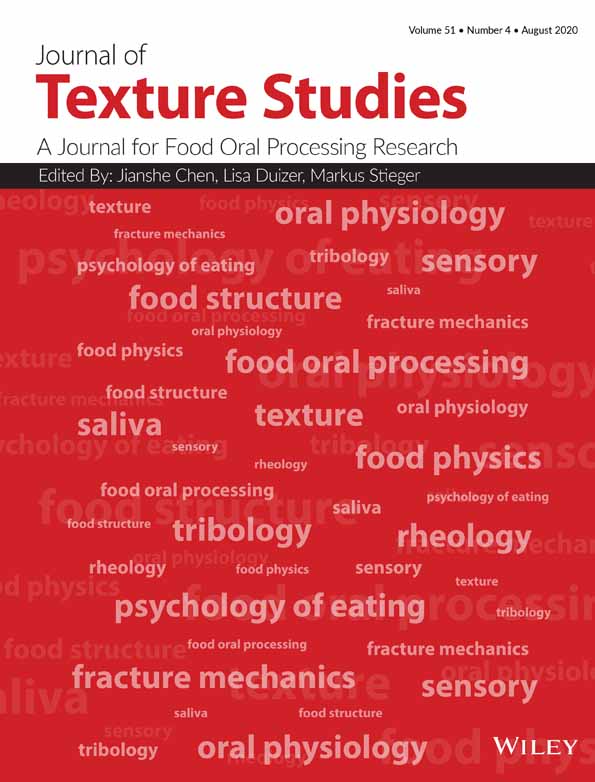Effect of different nitrogen sources on the viscosity and rheological properties of welan gum produced by Sphingomonas sp. ATCC 31555
Funding information: Special Fund for Medical Service of Jilin Finance Department with Project, Grant/Award Number: SCZSY201507
Abstract
The current study aimed to determine the rheological properties of welan gum produced by Sphingomonas sp. ATCC 31555 using different nitrogen sources. The viscosity and rheological properties of welan gum produced by Sphingomonas sp. ATCC 31555 from different ratios of inorganic, organic, and mixture of organic and inorganic nitrogen sources were measured under different conditions of pH, rotational speeds, and temperatures and also in the presence of various metal ions. Increasing the proportion of sodium nitrate (NaNO3) as the nitrogen source enhanced the viscosity and the ability of welan gum solution to resist high temperatures and salinity. The viscosity of welan gum solution derived from all three nitrogen sources gradually declined when the rotational speed was increased and stabilized at rotational speeds >30 rpm. The elastic modulus and viscous modulus were highest for a welan gum solution derived from 4.0 g/L NaNO3. The viscosity, temperature, and salt tolerance were superior when a welan gum solution was produced from NaNO3 in comparison with that produced from organic nitrogen source.
Open Research
DATA AVAILABILITY STATEMENT
The datasets generated during and/or analyzed during the current study are available from the corresponding author on reasonable request.




